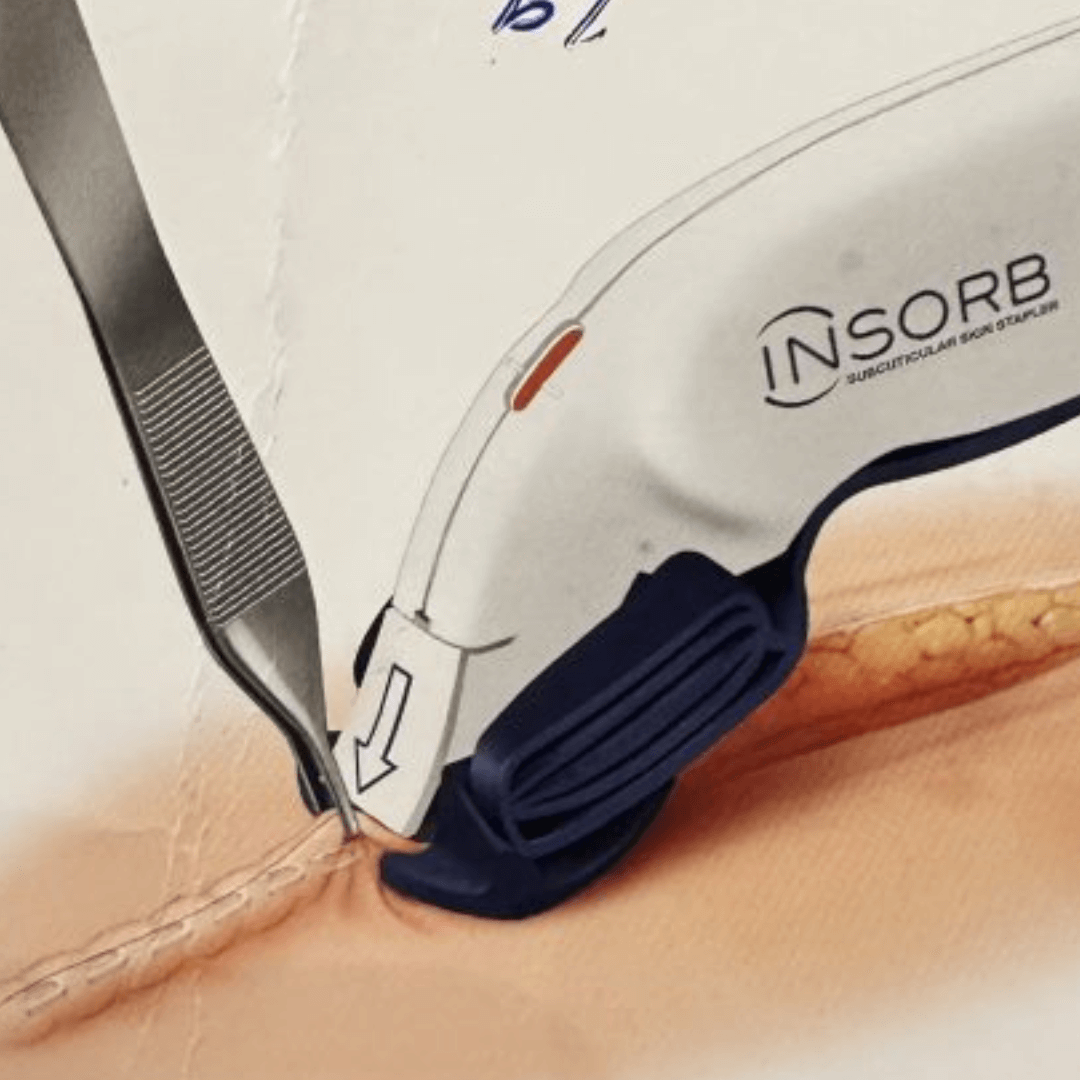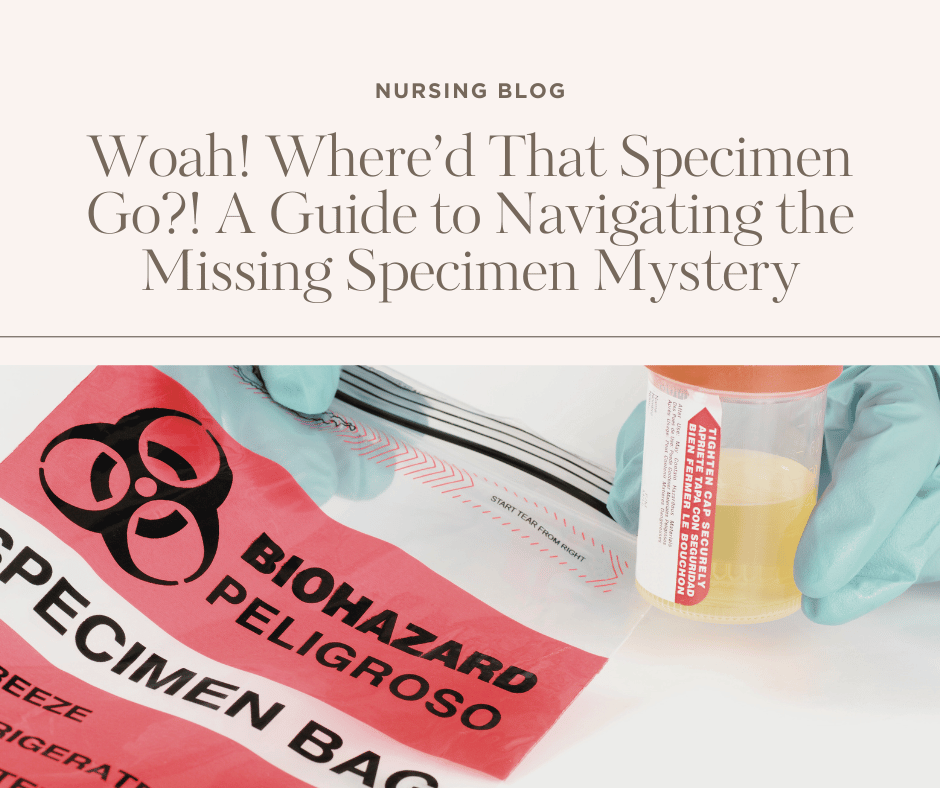The Quiet Strength of OR Teamwork: Why We Rely on Each Other
Operating room teamwork is the backbone of every successful surgery. In the high-pressure environment of the OR, trust, communication, and collaboration are essential to ensure the best possible outcome for patients. From surgeons to scrub nurses and anesthesiologists, each member plays a critical role in this carefully coordinated effort. Discover how effective OR teamwork not only saves lives but also creates a unified, supportive team where everyone can rely on one another.”











